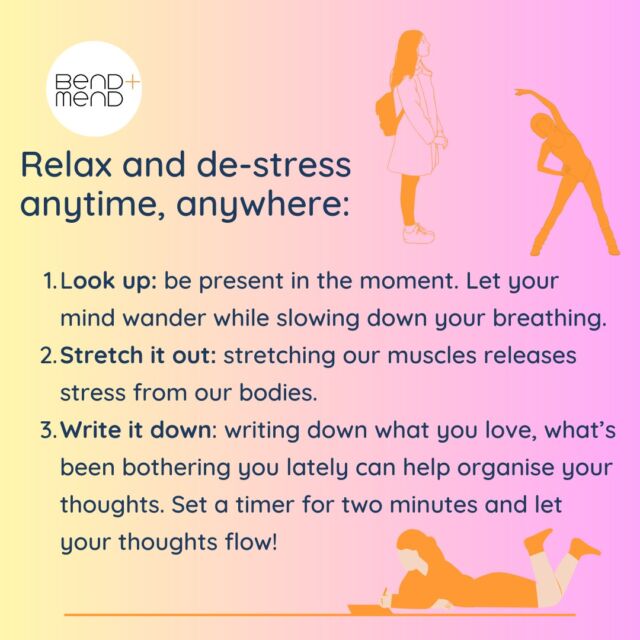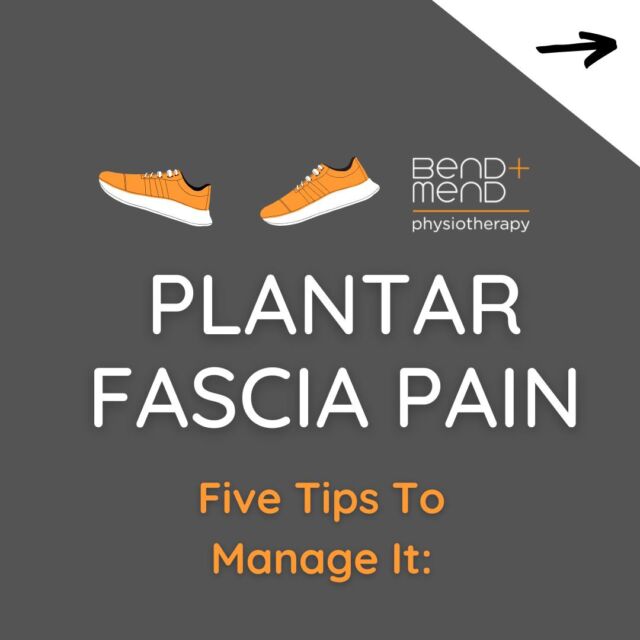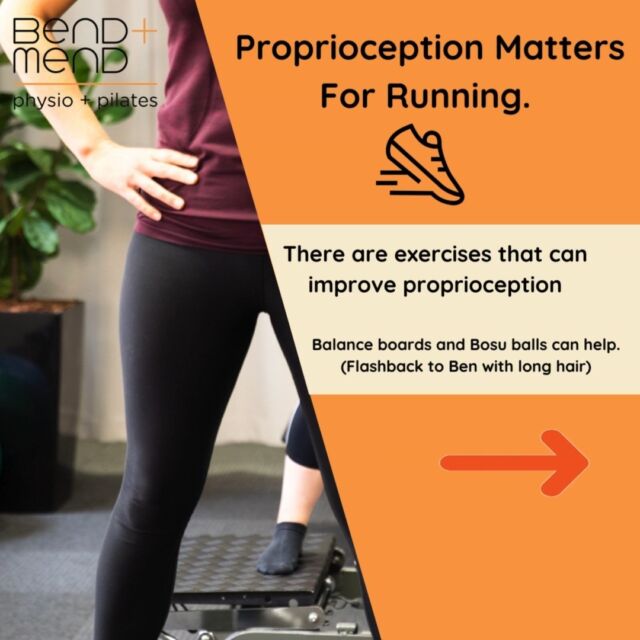Whilst there is no recipe detailing proven strategies for preventing calf cramp, if we consider the neuromuscular theory of cramp, reducing the effect of fatigue through endurance training and conditioning makes sense. Whilst an incremental approach to running (i.e. avoiding zero to hero in a week) and getting miles under the belt is very important for conditioning, resistance training and gym based exercise is often neglected and may be a key component to prevent muscle cramp.
The aim of training muscle endurance is to improve how well the muscle can work repeatedly over time and this involves performing higher repetitions (12-25) at a lower resistance. For strength, we’re looking at improving the amount of force the muscle can provide and therefore it involves performing lower repetitions (6-8) at a higher resistance. Improving your muscular endurance may be a beneficial strategy to help prevent cramp.
The most recent guidelines suggest that a good place to start your endurance training is to perform 3 sets of between 12-15 repetitions of the chosen exercise. Ideally, we want to start by working at approximately 50% of our 1 rep max (it helps if you know this!). Specific to runners, the calves and hamstrings are probably the two most common areas vulnerable to cramping which means targeting these muscles for more endurance makes sense. Remember, you can use any exercise to train endurance so long as you stick to the principle of lighter weight and higher repetitions.
For the hamstring, most of you are probably familiar with the seated or stomach lying hamstring curl, or even the elevated heeled bridge, however this standing variation is a good one for you runners as it mimics the activity of the hamstring at the end of swing phase (which is when the hamstring is most active!).
- Start with the leg in front of you. Bend your knee back against the band / weight resistance then slowly extend back out.
For the calf, it’s hard to go past the standard calf raise as it uses the muscle in the same way that it’s used for running.
- On the edge of a step, rise up and down on the toes slowly.
Final thoughts regarding your running program to prevent cramps…
- As running faster has be associated with the onset of cramping, ensuring that your regular training incorporates speed sessions may be helpful too. For those of you training for a long distance event and have a habit of just doing long, slow runs in training, it would be worthwhile for you to work the muscles at higher intensities with some speed training so that your muscles find it less strenuous and fatiguing in a race.
- Do you taper before a race? A study of ultra-marathon runners showed that the competitors who cramped throughout the race ran more in the 3 days prior, suggesting increased muscle fatigue leading in to the race = increased susceptibility to cramp. Maybe a good excuse to rest.
If you are someone who suffers from repeated muscle cramps when running, hopefully this has provided you with some practical tips on how to improve it. For more specific advice and an individual assessment, book in to have your problem addressed, remembering that we also provide Running Assessments at our Barangaroo – King Street Wharf clinic. Even strong and well-conditioned runners may have an inefficient technique, causing them to work harder than they need to and leading to earlier fatigue. Correcting this can make a big difference!







